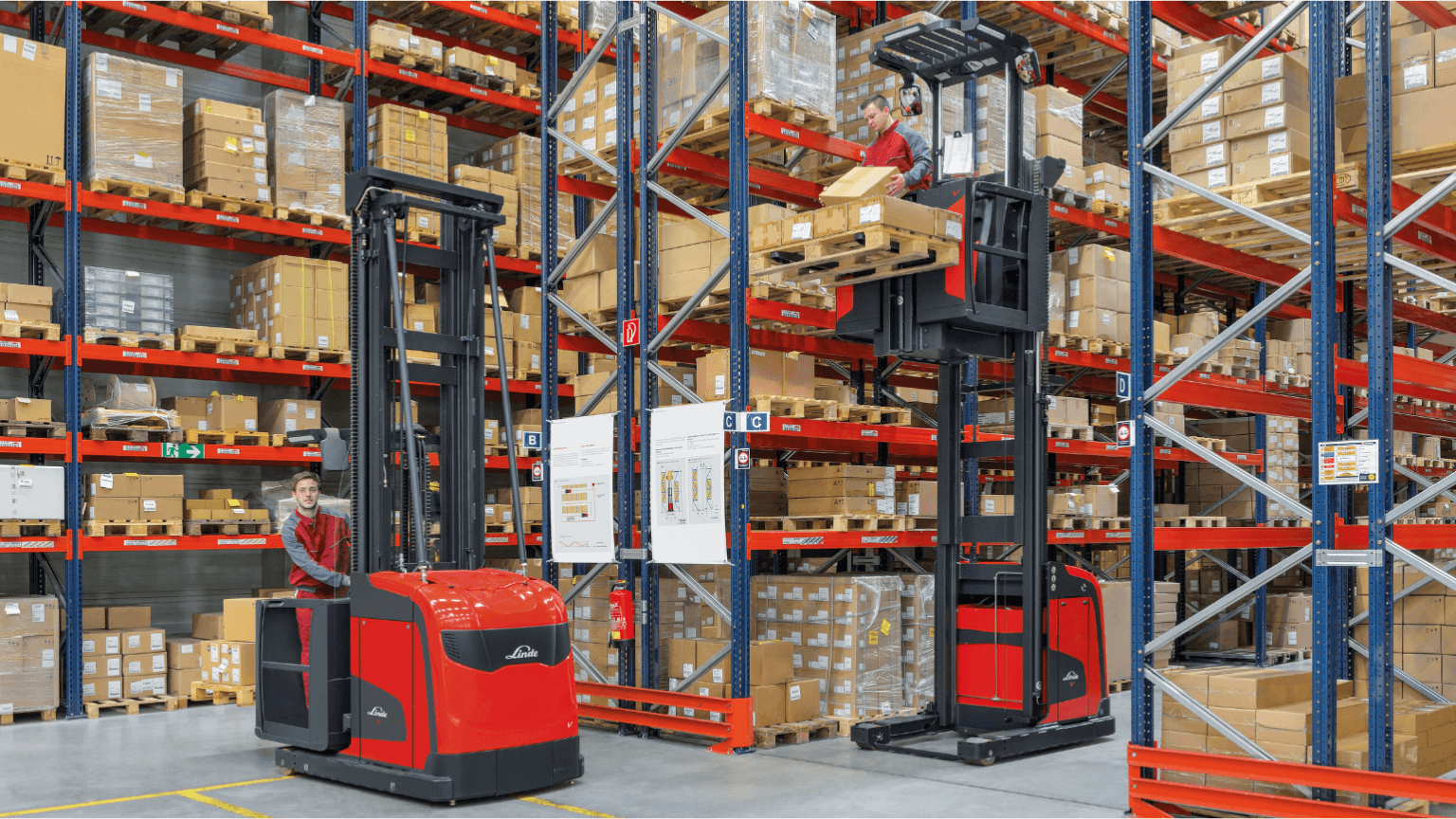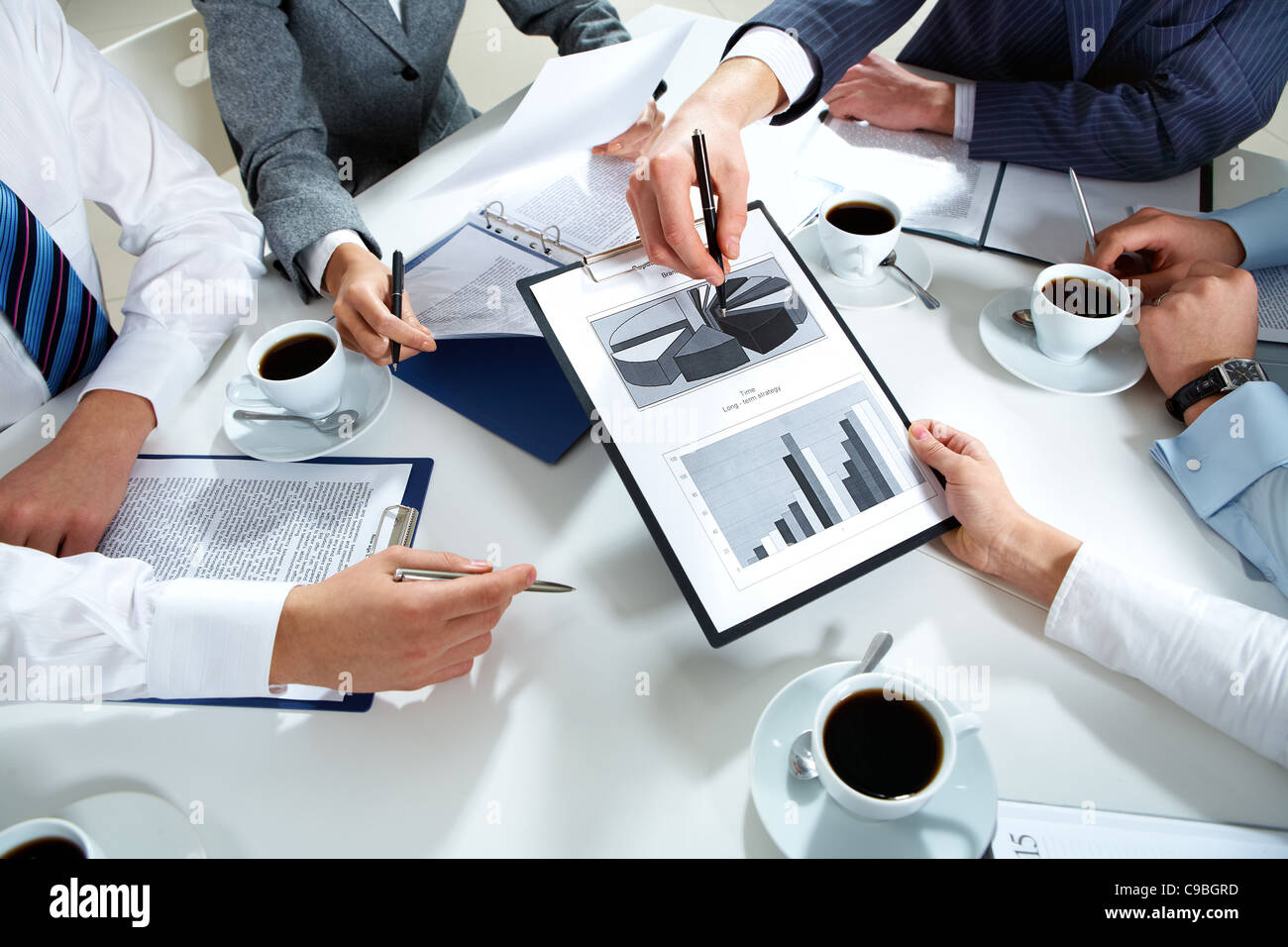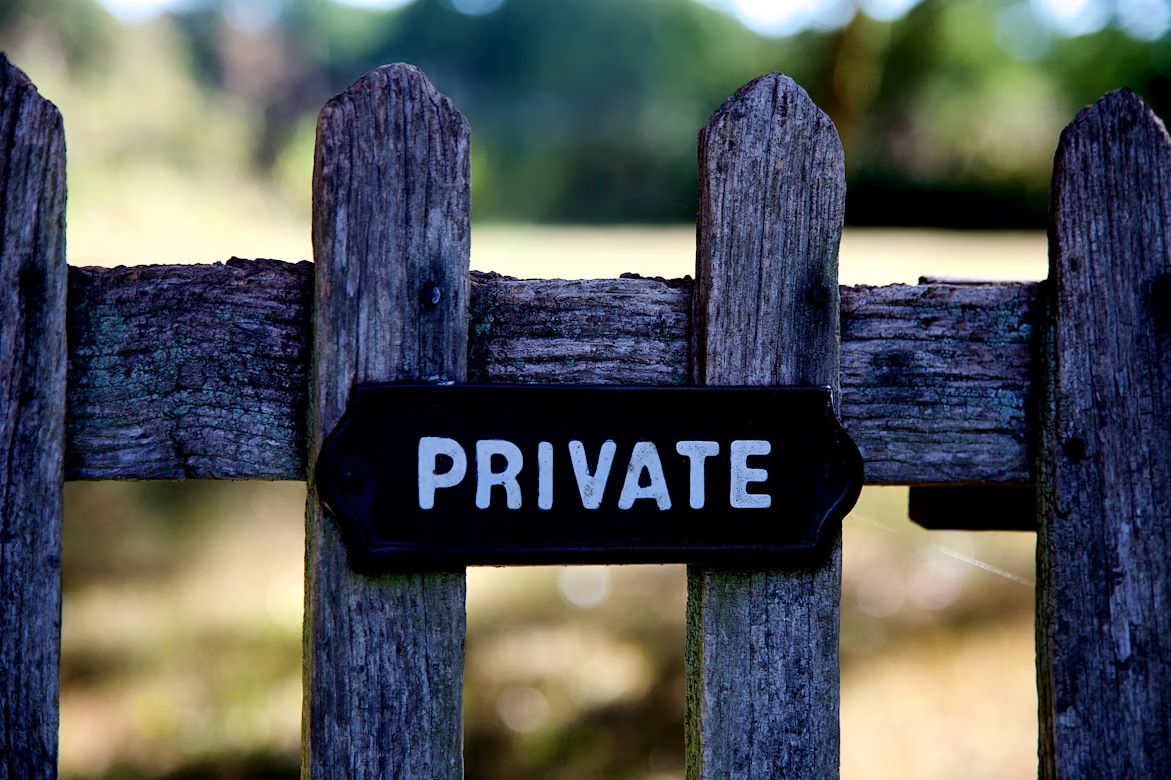
With corporate Australia facing increasing pressure to reduce carbon emissions, we hold an important key – our warehousing facilities, which consume electricity for lighting, cooling and material handling. When used with daylight harvesting sensors with LED high-bay luminaires, lighting energy consumption can be reduced by up to sixty per cent as compared to older metal-halide lamps. It only powers the conveyor motors as much as is warranted by actual throughput, not theoretical peak, with variable-speed drives. For example, the largest single change in greenhouse gases and maintenance overheads for a forklift fleet moving from LPG to lithium-ion batteries happens overnight, by removing spark plugs and oil filters that need to be changed. Water based polyurethane floor coatings are high-quality materials with virtually none of volatile organic compounds (VOCs), therefore help to release less pollution, protect the environment and create better air quality in the future and keep the slab alive longer.
Progressive businesses can now quantify upstream emissions for use in a tender submission or ESG report due to the availability of Environmental Product Declarations (EPDs) for some equipment lines from suppliers like Team Systems. Once management links sustainability benefits to operational savings—consider energy costs and employee health—the capital investment story is an easy one to tell.
Sentiment Analysis in the Future: AI Trends, IoT Integration, and Service Analytics
In the near future, Warehousing equipment will blend the improved hardness of traditional equipment with software intelligence. When IoT sensors embedded in forklifts start to transmit tyre pressure, shock events, and location data, machine-learning algorithms can predict component failure days in advance. AI dynamically optimizes pick paths, changing the route in real-time if an aisle gets crowded with shoppers or an urgent back-order needs to be prioritized. Drone inventory counts have been tested already in certain Brisbane 3PL facilities, and operate by hovering in racking voids as they scan barcodes, without disrupting operations. Workers during occasional, but very heavy, lifts could be equipped with exoskeletons that integrate human agility with robotic strength. Hydrogen fuel cell forklifts also offer zero tailpipe emissions with less than three-minute refueling times, which may be best suited to high-throughput cold storage applications in which battery capacity deteriorates under the cold. Forward-thinking vendors like Team Systems are collaborating with Australian legacy software stars to incorporate these features and functionality into next-generation platforms, promising customers a workable, pared-back road map for the future, not gizmo.
Performability, Repairability and Sustainability
Preventive care results in a longer service life and low rolling resistance. Weekly visual inspection (check for threads in castor swivel bearings, check deck surfaces for delamination, and check handle welds for micro-fractures) The exception is food-grade stainless models, which can have water spots that harbor microbes if not dried immediately upon washdown. Now, environmentally conscious organisations will specify fully recyclable polypropylene decks and VOC-free powder-coated frames. Team Systems runs a take-back at the end-of-life for a trolley: the steel frames are melted down to make rebar, the plastic decks are ground into pellets and made into traffic bollards. These designs allow for quick replacement of worn mechanisms, such as wheels or fold-down handles, so that the entire unit does not have to be discarded, making it a more sustainable option. Scheduled maintenance also helps comply with ISO 14001 environmental commitments because it will decrease scrap. Service logs, typically tracked through QR code scans on the trolley, document maintenance history that auditors love and fleet managers rely on to accurately forecast replacement budgets.
Conclusion
Decisions made about warehouse equipment resonate way beyond the steel and concrete footprint; they influence the extent of costs, service levels, morale of workers, and ultimately, customer satisfaction throughout Australia, from far afield. From a simple single aisle upgrade with gravity-fed carton lanes to a full-scale automation roll-out, the same principle applies; the equipment must match the operational needs and compliance requirements like a glove. Team Systems is one of the few Australian suppliers that bridge the gap between global manufacturing advancements and the unique needs of the local market providing high-end gear along with quick after-sales response support.







